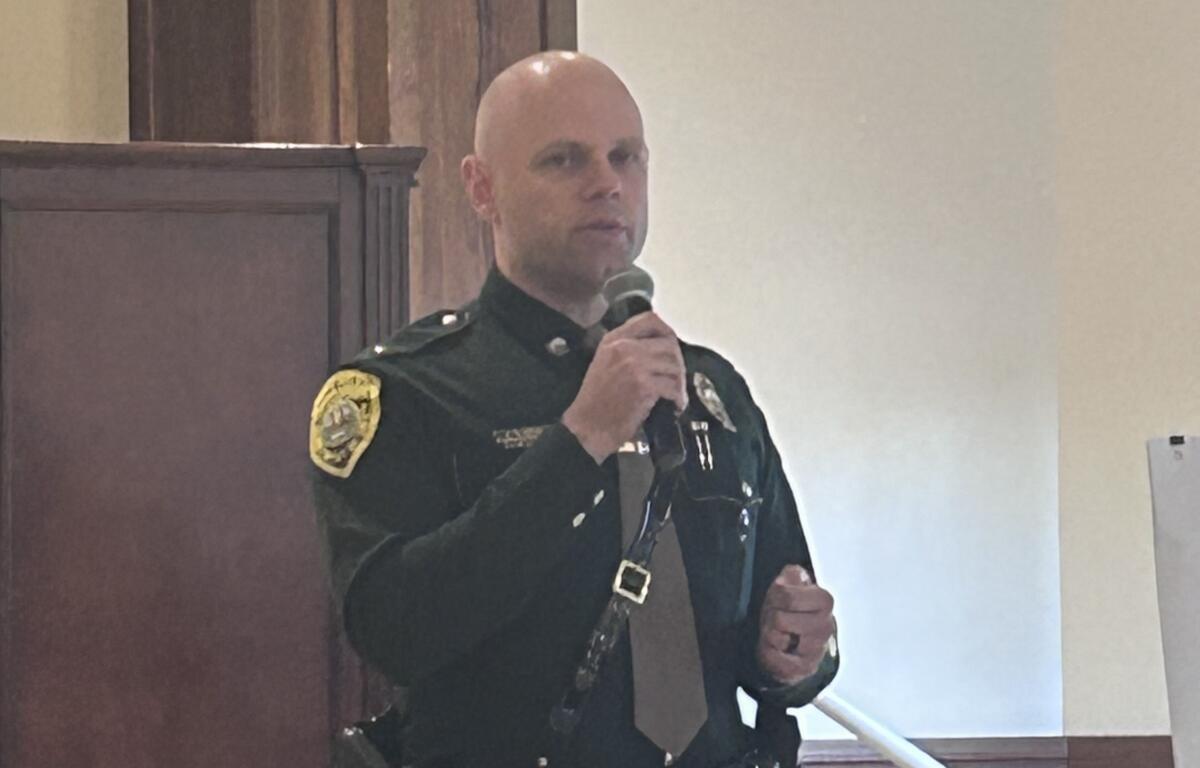KEENE, N.H. (MyKeeneNow) Residents, lawmakers, and transportation officials once again gathered in Keene this week to confront what many described as a worsening crisis on Route 9 — a corridor long known for its high-speed traffic, blind curves, and deadly crashes.
Roughly 60 people filled Heberton Hall at the Keene Public Library for a public meeting aimed at tackling safety problems on the heavily traveled highway.
City Councilor Randy Filiault, who called for the discussions after a serious accident in August, said the turnout and feedback underscored both the urgency and the complexity of the issue, noting that input from residents, emergency services, and state agencies will guide future planning.
Data shared by Keene Public Works Director Don Lussier and the New Hampshire Department of Transportation (NHDOT) revealed that distracted driving remains a leading factor in local crashes. Of 68 collisions analyzed on Route 9 between 2013 and 2020, 26 involved some form of driver distraction. Five resulted in either deaths or severe injuries.
Officials said while enforcement remains critical, changing driver behavior is proving difficult. State Police Lt. Sean Eaton said troopers continue to conduct DUI patrols, saturation enforcement, and public education campaigns to curb risky behaviors such as speeding and inattentive driving.
He added that measures such as rumble strips in Nelson and new traffic lights at Route 63 in Chesterfield have already shown promise.
State Sen. Donovan Fenton (D-Keene), who serves on the governor’s highway safety task force, said the issue is a priority at the state level. “Distracted driving, impaired driving, and speed are concerns everywhere,” he said, “but Cheshire County has been hit especially hard.”
Not all residents were satisfied with the pace of progress. Some pressed for more immediate steps, including additional turn lanes, improved signage, and clearer warnings approaching intersections like Daniels Hill Road and Whitcomb’s Mill Road.
Bill Lambert, a state safety engineer, emphasized that the road’s physical design is not inherently flawed. The geometry’s not the issue, he said, but the way people are using it.
Still, officials acknowledged that engineering adjustments — such as roundabouts or narrower travel lanes — could help lower speeds and improve safety. NHDOT representatives said the state’s limited construction funds make large-scale projects difficult but encouraged communities to collaborate and pursue grants.
The meeting closed with a call for continued engagement. City and regional planners plan to maintain open communication with NHDOT and are setting up a suggestion box and online channels to collect public input.




